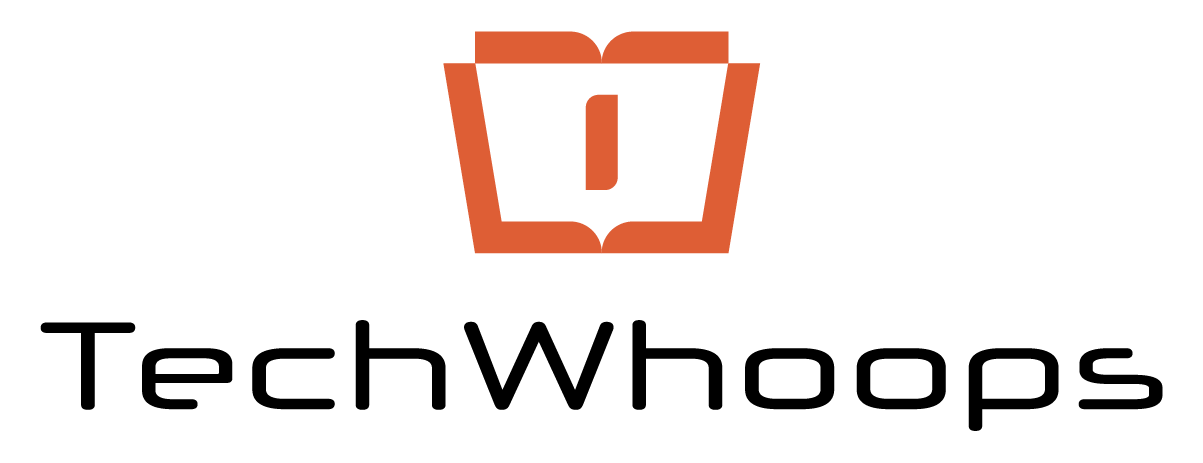Craigslist remains a popular online marketplace for buying and selling goods, services, and homes. However, like any large platform, it is constantly targeted by spam, scams, and malicious competitive behavior. To combat this, some users turn to Craigslist flagging software to automate the reporting of ads.
This article provides a complete overview of Craigslist flagging software, including how it functions, its true advantages and disadvantages, and the critical question of its legality based on Craigslist’s Terms of Use (ToU).
See more: Why Is Craigslist Not Working?
Table of Contents
What Exactly Is A Craigslist Flagging Program?
A Craigslist flagging program is a script, application, or bot designed to automate the process of reporting or “flagging” advertisements on the platform. Flagging alerts Craigslist moderators to an advertisement that the user believes violates the site’s policies.
While manual flagging can be time-consuming, this software automates the process:
- Criteria Input: Users specify criteria (e.g., keywords, categories, or the ID of a competitor’s post).
- Automated Search: The program automatically searches Craigslist for ads matching those criteria.
- Mass Flagging: The bot sends multiple automated flag requests, often on a massive scale, quickly leading to the ad’s removal when a threshold is met.
Common grounds for reporting an ad include spam, fraud, criminal activity, or general violations of the site’s rules (like posting duplicate or misleading ads).
Is Craigslist Flagging Software Legal? The Strong Answer is NO.
While there may be an ethical argument for using a bot to remove egregious spam, the legal stance is unambiguous: Using any automated tool to interact with Craigslist is a direct violation of their Terms of Use (ToU).
Craigslist explicitly states in its ToU:
“You may not use any robot, spider, scraper or any other automated to access the Site for any of the purposes without our express written permission.”
The Real Legal Risk
The biggest risk of using or selling this software is not just a simple account ban; it is severe legal action taken by Craigslist.
- Lawsuits and Damages: Craigslist has aggressively pursued and won multi-million dollar judgments (sometimes exceeding $1.3 million) against individuals and companies selling or using automated posting and scraping software.
- Legal Claims: Craigslist has successfully argued that automated access constitutes a breach of contract (the ToU), copyright infringement, and a violation of the Computer Fraud and Abuse Act (CFAA)—the same law used for prosecuting computer hacking.
- Permanent Injunctions: Users caught utilizing these tools face having their accounts and IP addresses permanently banned from the site, and are often subject to permanent court orders (injunctions) barring them from ever accessing the site with automated methods again.
In short, using Craigslist flagging software puts you at risk of being flagged or banned by Craigslist moderators, and potentially exposes you to serious legal and financial liability.
How Does Software For Craigslist Flagging Operate? (The Technical Side)
The core function is simple automation, but modern flagging bots must employ sophisticated methods to bypass the platform’s security.
To successfully execute mass flagging without triggering immediate security alerts and IP bans, these automated systems use:
- IP Rotation: Instead of flagging from a single IP address (which would be blocked instantly), bots route their requests through residential proxies or VPNs. This assigns a new, unique IP address for every flag sent, making the system believe the flags are coming from a large number of individual, legitimate users.
- Browser Fingerprinting Evasion: Professional tools use anti-detect features to mask their true identity by clearing cookies, managing caches, and spoofing browser details (known as browser fingerprinting).
- Targeted Automation: The software is programmed to specifically target posts that are already vulnerable (e.g., duplicate posts, over-formatted ads, or posts in the wrong category), as these require fewer flags to be removed by Craigslist’s system.
How to Avoid Flagging (and What to Do If You’re Falsely Flagged)
While flagging bots are often used for abuse, the best defense is to ensure your own posts strictly comply with the ToU.
5 Rules to Prevent Flagging:
- Avoid Duplication: Never post the same ad in multiple cities or categories. The site’s system will automatically delete duplicate ads, and users will flag them.
- Post in the Correct Category: Ensure your ad is in the most appropriate section (e.g., don’t post a “Service Offered” in the “For Sale” section).
- Limit Commercial Formatting: Avoid excessive use of ALL CAPS, symbols, bullet points, or aggressive sales language (e.g., “CALL NOW!”). These trigger automated spam filters and manual user flags.
- Wait 48 Hours to Repost: If your ad is naturally expiring, wait at least 48 hours before reposting an identical ad.
- Be Transparent: Do not post as “Owner” if you are a commercial reseller or dealer, as this is a common reason for user flags.
What To Do If Your Legitimate Post Is Maliciously Flagged
Craigslist does not have a formal appeal process for removed free ads. If your legitimate ad is removed:
- Edit and Repost: Delete the removed ad, make minor changes to the title and body text, and then wait a few hours before reposting. This helps bypass any lingering automated filters.
- Try a New Account/Device (If Necessary): If you suspect your IP address or account has been permanently targeted, you may need to use a new device and account, ensuring you are still following the core ToU rules.
- Contact Support for Paid Posts: If you paid for the advertisement (e.g., job postings in select cities), you should contact Craigslist support directly for review.
Craigslist Flagging Software: Pros and Cons

| Feature | Pros | Cons |
| Automation | Automates the process of removing spam, fraud, and policy-violating ads on a massive scale. | Violation of ToU. Leads to immediate IP bans, account suspension, or severe legal action from Craigslist. |
| Scale | Can quickly remove hundreds or thousands of undesirable posts that manually flagging could not match. | Used for Abuse. Frequently used by competitors to maliciously remove legitimate listings, corrupting the platform. |
| Efficiency | Saves time compared to manually sifting through and reporting spam. | Not 100% Effective. Can mistakenly remove legitimate ads and often leads to an ongoing “flagging war” that harms the user experience. |
FAQs
Is it legal to use Craigslist flagging software?
Craigslist flagging software is not legal according to Craigslist’s Terms of Use (ToU), which prohibits using any robot, scraper, or automated tool to access the site. Engaging in this activity risks an account ban, permanent IP block, and significant legal action from Craigslist, including large monetary damages.
What typical criteria are in use for flagging on Craigslist?
The most common reasons for flagging include: spamming (duplicate posts), fraudulent activity, prohibited items or services (e.g., weapons, illegal services), excessive commercial formatting, and posting in the wrong category or city.
Can Craigslist moderators prohibit or flag someone for employing flagging software?
Yes. Utilizing flagging software carelessly or maliciously is a direct violation of the ToU and is a primary trigger for an immediate IP ban or account suspension by Craigslist’s automated systems and moderators.
How successful is Craigslist’s spam and fraud-flagging software?
The effectiveness varies. While the community flagging system is effective at catching major spam, automated flagging software can be overly successful due to the volume of flags it generates, often removing legitimate advertisements caught in “flagging wars.”
Conclusion
Craigslist flagging software automates a vital community function but operates in direct violation of the platform’s Terms of Use. While it can be an effective tool against widespread abuse, the legal and financial risks of using it are substantial.
The most reliable way to maintain the integrity of the platform is through responsible, manual community flagging, and for users to ensure their own posts are 100% compliant with the Craigslist rules to avoid being a target.




